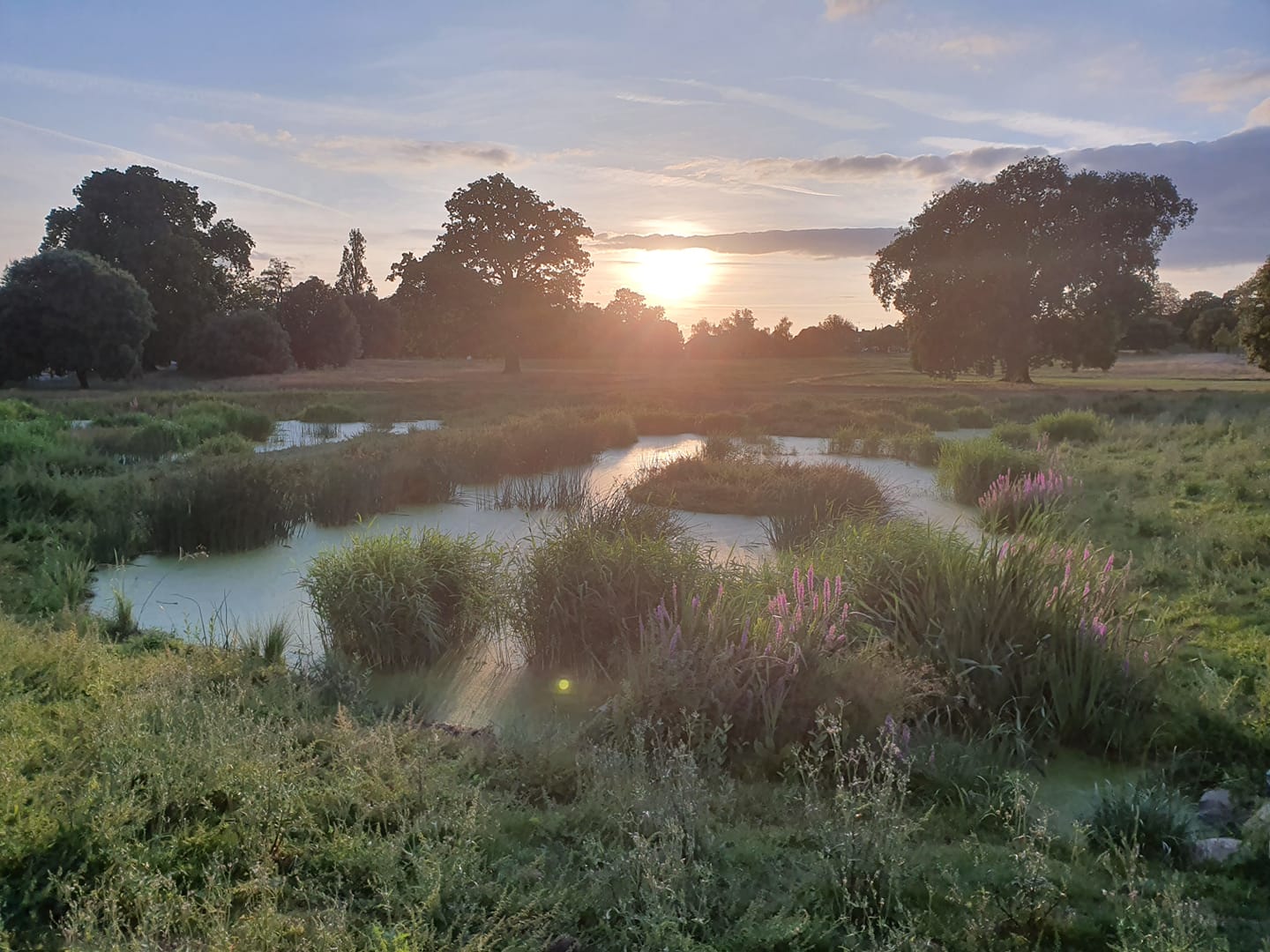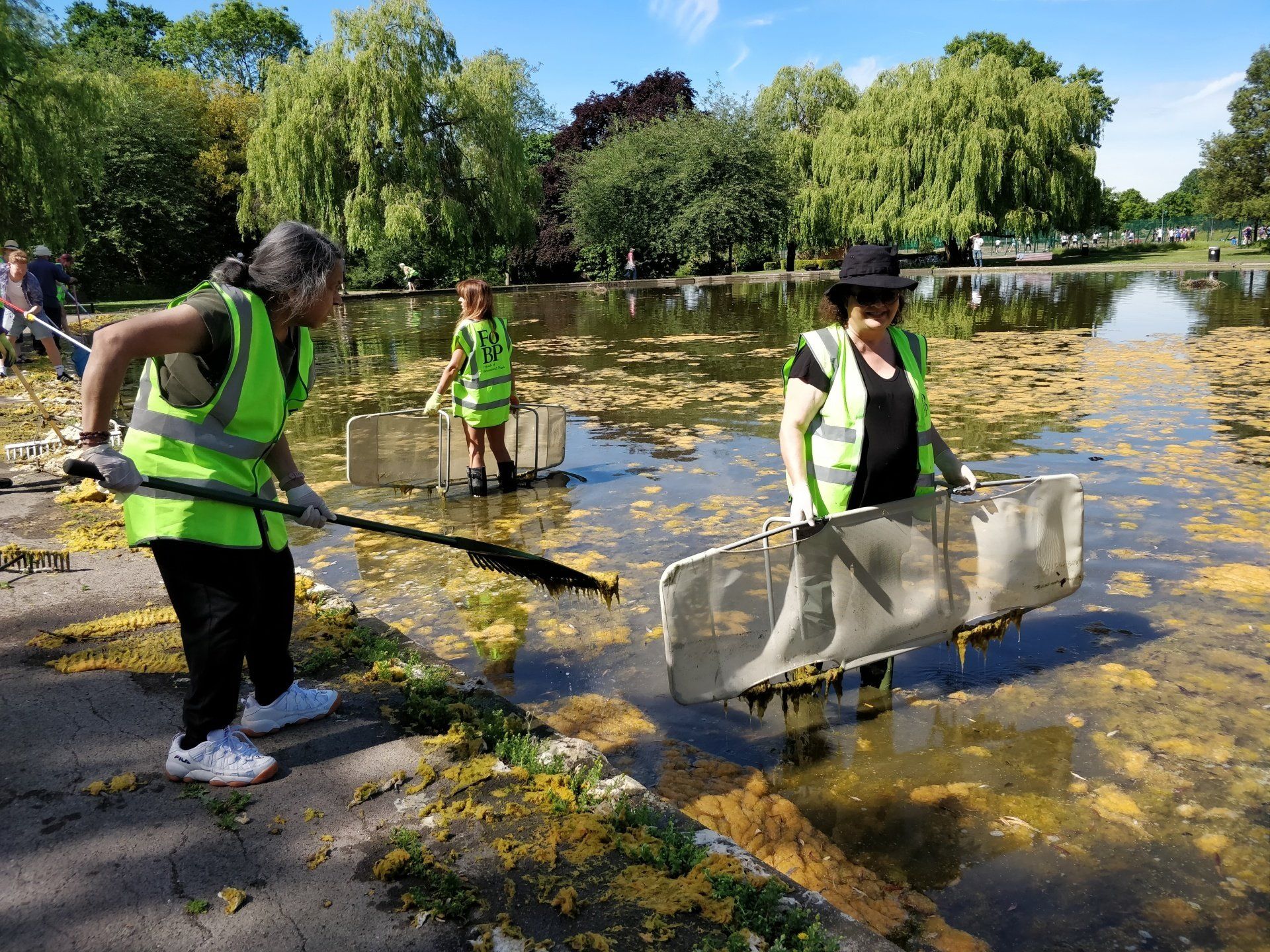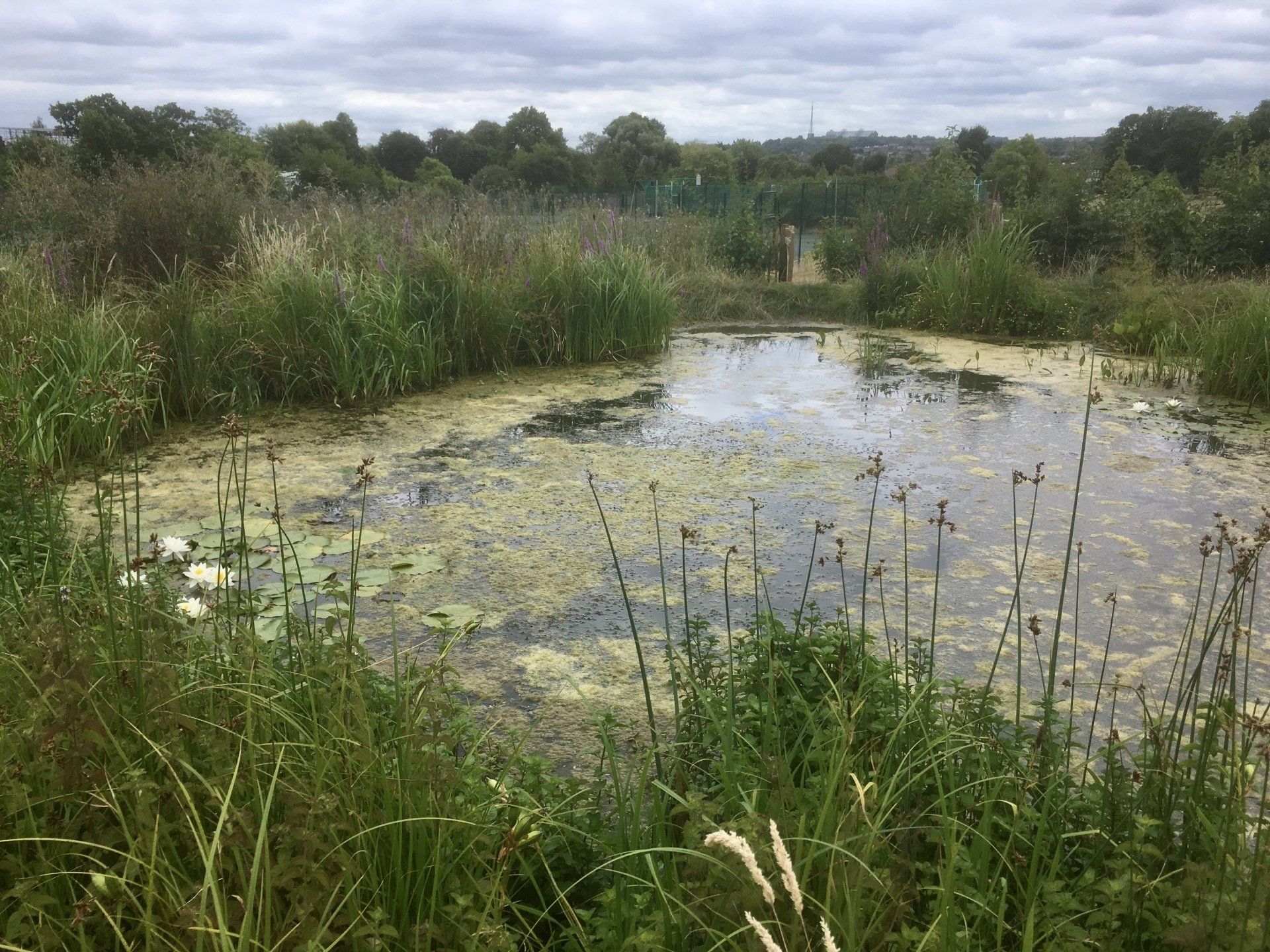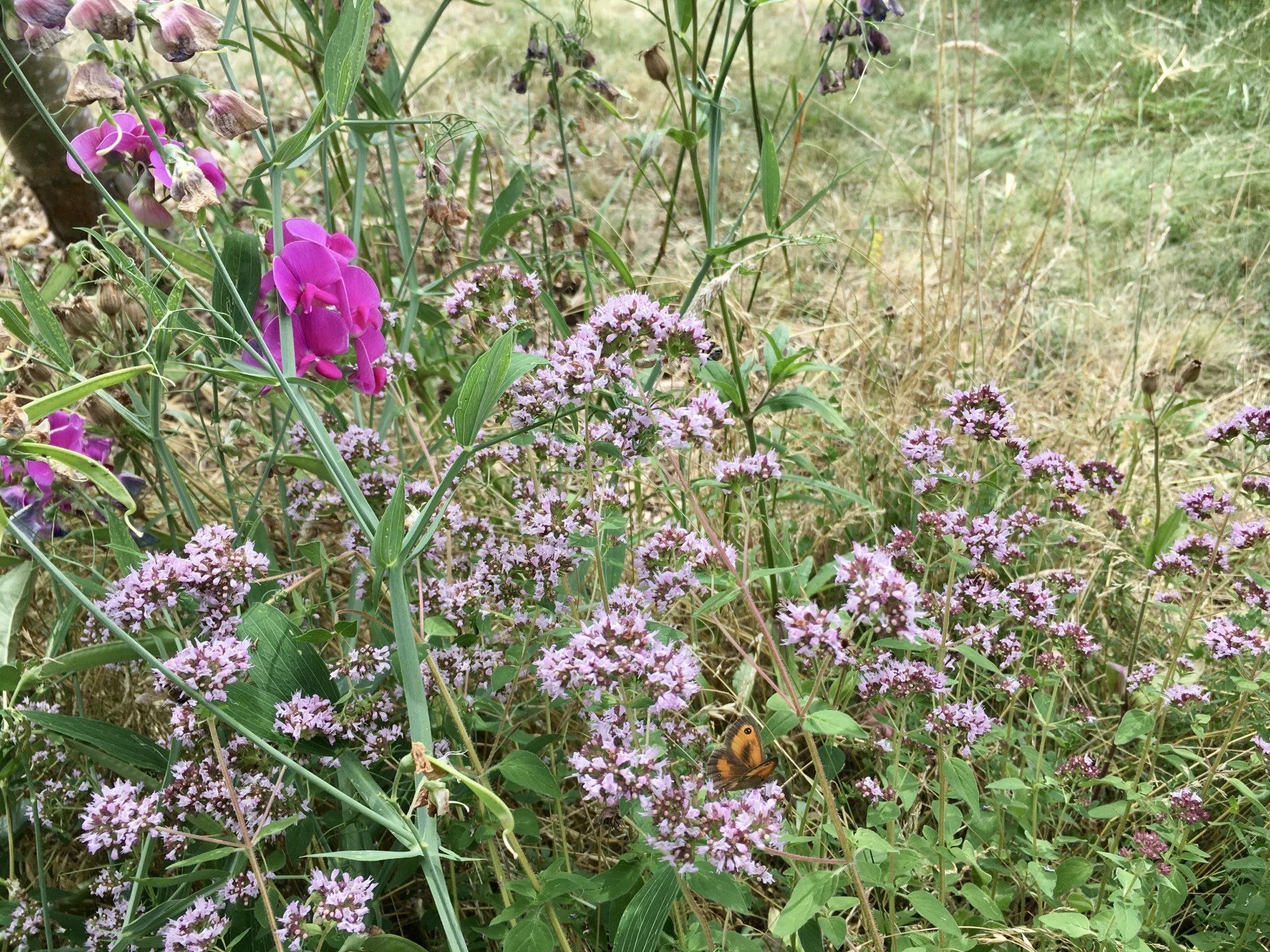Environmental and
Climate Change Actions
in Broomfield Park
PARKS AS GREEN SPACE AND ENVIRONMENT
The importance and value of our parks to the local and wider environment, for
the health and well-being of our communities and in helping ameliorate the
adverse effects of climate change is increasingly recognised. Many bodies have
addressed and produced documented responses to this issue in recent years
including national and regional government and bodies such as Fields in Trust
providing evidence of economic, wellbeing and health benefit.
The Friends of Broomfield Park (FoBP) have over some years been engaged with
Enfield Council and bodies such as Thames 21 and other volunteer groups in
supporting and developing Broomfield Park in terms of its environmental
benefits. There has been a focus on the importance of diverse habitats and
biodiversity, and engagement with the local park community and young people
along with the other aims defined by our constitution and Action plan. We have
recently been invited to take part in the Enfield Climate Action Forum (EnCaf)
and it seems a good time to review our actions and perhaps explore ways to
reframe these in the context of climate change actions.
Parks
In 2018 the Government published A Green Future: Our 25 Year Plan to Improve
the Environment. In introducing the document Theresa May as Prime Minister
says:
Our natural environment is our most precious inheritance. The United Kingdom
is blessed with a wonderful variety of natural landscapes and habitats and our
25 Year Environment Plan sets out our comprehensive and long-term approach
to protecting and enhancing them in England for the next generation.
Its goals are simple: cleaner air and water; plants and animals which are thriving;
and a cleaner, greener country for us all.
By using our land more sustainably and creating new habitats for wildlife,
including by planting more trees, we can arrest the decline in native species and
improve our biodiversity. Connecting more people with the environment will
promote greater well-being.
By adopting this Plan we will achieve:
- Clean air.
- Clean and plentiful water.
- Thriving plants and wildlife.
- A reduced risk of harm from environmental hazards such as flooding and drought.
- Using resources from nature more sustainably and efficiently.
- Enhanced beauty, heritage and engagement with the natural environment.
In addition, we will manage pressures on the environment by:
- Mitigatng and adaptng to climate change.
- Minimising waste.
- Managing exposure to chemicals.
- Enhancing biosecurity.
In the same year the Mayor of London, Sadiq Khan presented the London Environment Strategy May 2018
on behalf of the GLA. Chapter 5 is titled
Green Infrastructure and includes statements on:
Green Space - London’s parks, green spaces, and natural landscapes are the
places where Londoners can relax, exercise, play, and enjoy the capital’s natural
heritage and culture. They also provide habitat for wildlife, help protect London
from the impacts of climate change, and contribute to improving London’s air
quality. Access to good quality green space and living in greener
neighbourhoods can have a big impact on people’s health and quality of life,
and on how attractive a place London is in which to live, visit and do business.
Biodiversity - As green space has been lost and what remains has in some cases
reduced in quality, the range of plants and animals that live in London has
decreased. With careful attention, London can be home to a wide range of
animal and plant species, but without it, the number and diversity of bird,
wildflower and bee species will continue to decline.
Community and Young People
In support of environmental gains and climate change actions there is a stress on
the importance of the engagement of community in a diverse sense and in
particular young people and children from all backgrounds.
The Government document notes that:
Playing and learning outside is a fundamental part of childhood, and helps
children grow up healthy. Some children are lucky enough to have a family
garden; others will not and it is important that we find other ways to give them
better access to the great outdoors. We know that regular contact with green
spaces, such as the local park, lake, or playground, can have a beneficial impact
on children’s physical and mental health.
And includes in its aims:
- help people improve their health and wellbeing by using green spaces including through mental health services.
- encourage children to be close to nature, in and out of school, with particular focus on disadvantaged areas.
- ‘green’ our towns and cices by creacng green infrastructure and planting one million urban trees.
- make 2019 a year of accon for the environment, working with Step Up To Serve and other partners to help children and young people from all backgrounds to engage with nature and improve the environment.
And includes in its actions::
- Developing a Nature Friendly schools programme for schools in our most disadvantaged areas.
- Helping children and young people from all backgrounds to engage with nature and improve the environment.
- Exploring with youth sector partners the potential for piloting a natural environment programme with youth groups that encourages use of natural environments through social action. This would aim to reach more young people from disadvantaged backgrounds.














